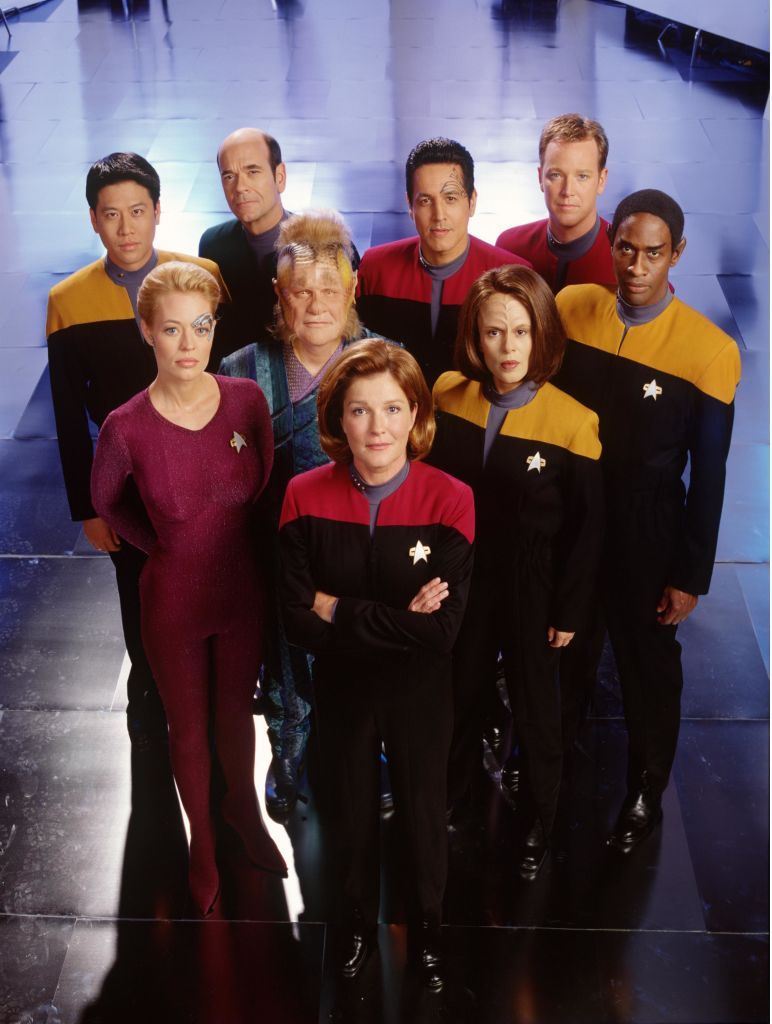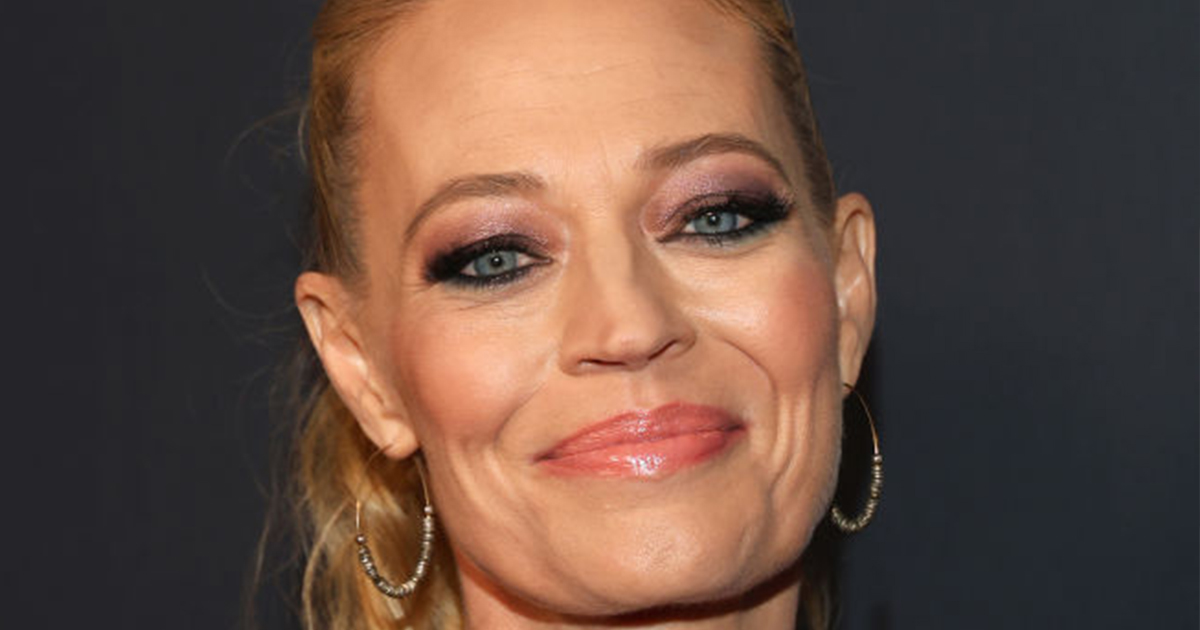The Complex Dynamics Behind Star Trek: Voyager’s Transformative Era
When Star Trek: Voyager made its debut in 1995, it marked a significant milestone in television history. It was the first series of the iconic franchise to feature a female captain at the helm, Captain Kathryn Janeway, portrayed by the talented Kate Mulgrew. The series offered a fresh narrative perspective, focusing on themes of unity, exploration, and resilience in the face of adversity. However, this groundbreaking representation came with its own set of challenges, particularly highlighted by the introduction of Jeri Ryan as the enigmatic Seven of Nine in Season 4. While this character quickly captured the audience’s imagination, her arrival also created a ripple effect that impacted the cast dynamics both on-screen and off, revealing the intricacies of Hollywood’s pressures and the human cost of fame.

Reinventing the Series: The Strategic Introduction of Seven of Nine
By the time the series had reached its third season, the ratings for Voyager were in a steady decline, leading the creators to seek new ways to revitalize viewer interest. The decision to introduce a striking character like Seven of Nine, who was a former Borg drone grappling with her humanity, was not merely a creative choice but a calculated marketing strategy. Series co-creator Rick Berman later admitted that the introduction of Seven was a deliberate ploy to attract attention, stating, “We needed something to get people talking.” This strategy, while successful in terms of immediate ratings, had significant repercussions for the existing cast and the overall narrative structure of the show.

Seven’s arrival shifted the focus from established characters, notably sidelining Jennifer Lien’s character, Kes, who was unexpectedly written out. This not only strained relationships among the cast but also left Mulgrew feeling uneasy about the direction in which the series was heading. In her memoir, Born with Teeth, she expressed her frustrations over the decision to “sex up” the show, fearing that it compromised its original progressive ethos. “I did not take kindly to the idea of this ‘bombshell’ joining us,” Mulgrew wrote, indicating her initial resistance to the character that would become integral to the show.

The Tensions: A Newcomer in a Fractured Environment
Stepping into this complex environment, Jeri Ryan found herself facing an uphill battle. As a relatively new actress to the franchise, Ryan recalled her initial experiences on set as being fraught with tension. In various interviews, she described encountering a “wall of silence” when she first joined the cast, which made the early days of filming feel anything but welcoming. “It was painfully awkward,” she reflected, noting that her presence as a new character sparked resentment among her fellow actors, particularly Mulgrew. The palpable tension culminated in a notorious incident during a table read, where Mulgrew allegedly snapped at Ryan, “Don’t you ever come near me again.” This confrontation revealed the underlying discontent and insecurity felt by the cast as they navigated the changing narrative landscape.
The Physical and Emotional Challenges of Star Trek: Voyager
The challenges faced by Ryan went beyond interpersonal conflicts; her role as Seven of Nine came with its own set of physical demands. The iconic Borg costume, designed to emphasize her character’s transformation, was not only visually striking but also physically restrictive. Ryan reported that getting into the elaborate outfit required approximately 45 minutes of lacing each day, resulting in chronic discomfort, including bruising on her ribs. “I’d have bruises on my ribs from the corset,” she shared with Entertainment Weekly. Ironically, while her character became a fan favorite and a powerful symbol of strength, Ryan often felt reduced to being merely a “sex symbol,” a label that she fought against to ensure that Seven’s humanity was not overshadowed by her appearance.
Reconciliation and Growth: A Legacy of Mutual Respect
Years after the series concluded in 2001, the relationship between Mulgrew and Ryan evolved significantly. At a 2019 Star Trek convention, Mulgrew publicly acknowledged Ryan’s professionalism and enduring talent, calling her a “force of nature.” In turn, Ryan expressed her gratitude for Mulgrew’s mentorship, stating, “Kate taught me to fight for my character’s integrity.” Their reconciliation speaks to the broader themes of acceptance and personal growth that both characters embody within the show. Much like the journey of Seven of Nine, who sought acceptance in a galaxy filled with conflicts, the actors’ relationship transformed from tension to mutual respect, reflecting the resilience of both individuals.
The Cultural Impact of Star Trek: Voyager
The saga of Voyager is emblematic of broader issues within the entertainment industry, such as the commodification of female characters, the pressures of franchise storytelling, and the intricate balance between creative expression and commercial viability. Ryan’s experiences on the show serve as a precursor to contemporary discussions surrounding workplace dynamics, especially regarding sexism in Hollywood. Despite the tumultuous origins, the enduring legacy of Seven of Nine is evidenced by her resurgence in the recent series Star Trek: Picard, which reaffirms her significance as a character who embodies resilience and strength.
As Mulgrew poignantly remarked in her memoir, “Time softens edges and reveals truth.” For the cast of Voyager and its dedicated fanbase, this truth extends beyond conflict and rivalry; it encompasses a narrative of growth, healing, and a shared journey through the complexities of human relationships. Ultimately, the story of Star Trek: Voyager is not just about navigating the final frontier but also about the human capacity to evolve, adapt, and find common ground amidst the challenges that accompany fame and fortune.





